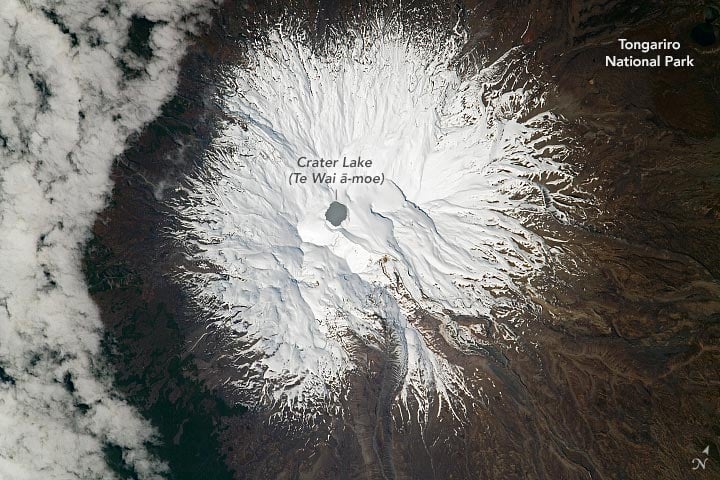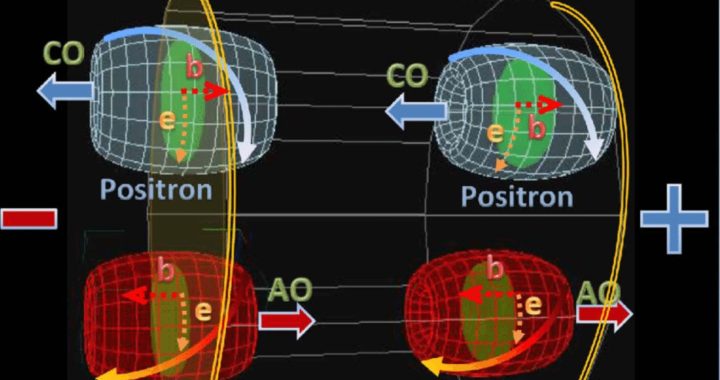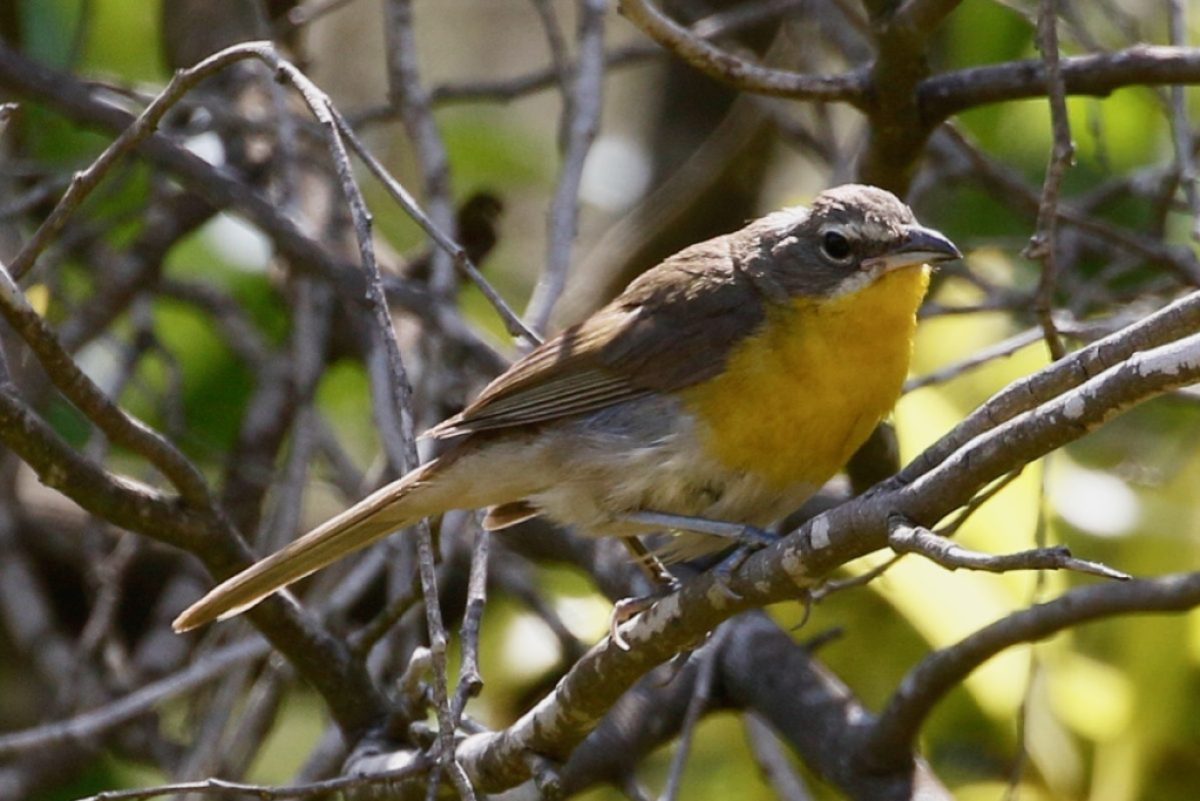Il Monte Rwabiho della Nuova Zelanda è stato catturato in una splendida foto da un astronauta sulla stazione spaziale


Monte Rwabihu in Nuova Zelanda. 23 settembre 2021.
Il lago in cima al vulcano fornisce gli indizi principali di ciò che sta accadendo sotto.
Durante il passaggio sull’Isola del Nord della Nuova Zelanda, un astronauta a bordo della Stazione Spaziale Internazionale (ISS) ha scattato una foto Monte Ruapehu, offre una vista peer-to-peer (verso il basso) della montagna e del Parco Nazionale di Tongariro. Ruapehu attivo stratovulcano Ha un’altezza di 2.797 metri (9.177 piedi) nel punto più alto. È la montagna più alta dell’Isola del Nord.
Chiamato anche vulcano composto, uno stratovulcano è un vulcano alto a forma di cono costituito da diversi strati (strati) di lava solida, tefra, pomice e cenere vulcanica. A differenza dei vulcani a scudo, gli stratovulcani hanno un pendio ripido ed eruzioni occasionali.
Sono tra i tipi più comuni di vulcani, mentre i vulcani a scudo sono meno comuni. Tre degli esempi più famosi di vulcani stratigrafici sono il Vesuvio in Italia, la cui catastrofica eruzione nel 79 dC seppellì le città romane di Pompei ed Ercolano; Krakatoa in Indonesia, noto soprattutto per la sua catastrofica eruzione del 1883; e Mount St. Helens a Washington, la cui grande eruzione avvenne nel 1980.
Vicino alla vetta si trova il Crater Lake (Te Wai ā-moe), riscaldato da un sistema idrotermale all’interno del vulcano. Il lago rimane caldo tutto l’anno (da 15 a 45 gradi Celsius[{” attribute=””>Celsius / 60 to 110 degrees Fahrenheit) and is highly acidic (pH <1). Lake temperatures usually fluctuate within this temperature range, so prolonged spikes in temperatures can signal impending volcanic activity. Because Crater Lake is the only geologically active part of the stratovolcano that is visible at the surface, changes in lake water temperatures and gas emissions are key to detecting impending volcanic activity.
Following a period of dormancy dating back to 2011, volcanic unrest was reported at Ruapehu in 2022. Moderate tremors started in March and led volcanologists to issue an alert about heightened volcanic activity. They took periodic lake temperature measurements and sulfur dioxide emission samples to monitor changes. Water temperature peaked around 40 degrees Celsius (104 degrees Fahrenheit) in May 2022, but cooled to 24 degrees Celsius (75 degrees Fahrenheit) in the following months. By July, temperatures and emissions dropped enough to lower the volcanic alert level.
During the period of unrest, a magmatic intrusion was detected beneath the volcano. The intrusion suggested that magma was rising slowly under the volcano but had halted. As a result of the magma rising, scientists suggested that the likelihood of an eruption may have increased within the Crater Lake basin.
Astronaut photograph ISS065-E-415587 was acquired on September 23, 2021, with a Nikon D5 digital camera using a focal length of 1150 millimeters. It is provided by the ISS Crew Earth Observations Facility and the Earth Science and Remote Sensing Unit, Johnson Space Center. The image was taken by a member of the Expedition 65 crew. The image has been cropped and enhanced to improve contrast, and lens artifacts have been removed. The International Space Station Program supports the laboratory as part of the ISS National Lab to help astronauts take pictures of Earth that will be of the greatest value to scientists and the public, and to make those images freely available on the Internet.






